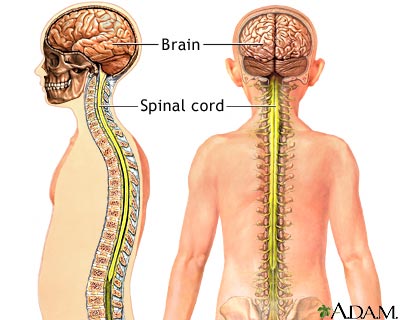
There is no known cure, only medications to treat symptoms, says Dr. Neal Hermnowicz, a neurologist and director of the University of California, Irvine, Movement Disorders Services.
“The specific symptoms don’t follow any predictable course. Individuals ask all the time, ‘How am I going to be in five or 10 years?’ and that diagnosis is not possible on an individual basis,” he says.
Q. are you seeing more patients now than before?
A. The number of cases is increasing because the population is aging. Most people are diagnosed around age 60, and there are more people reaching that age today as boomers age.
Q. are people more open about having the disease?
A. In the past, they were very quiet. Morris K. Udall (former congressman) and Margaret Bourke White (a well-known photographer) were two who had Parkinson’s. Now, with Muhammad Ali and Michael J. Fox, it’s much more in the open. This helps focus research on the disease.
Q. you diagnosed my condition about five years ago. I have a small tremor in my right hand that has gotten just a little more pronounced. you have said I fit a category that may mean I will do well for some years. What are other signs of Parkinson’s?
A. Parkinson’s fits two categories: tremor at the outset or stiffness and walking and balance problems.
Q. and medications?
A. The strategy for treatment largely is directed to replacing the neurotransmitter dopamine. that has been a successful strategy using levadopa, which relieves the symptoms, and other medications, such as Azilect, which seems to delay progress of the disease. But these do not get the brain cell to stop what is happening.
We are treating the symptoms, but the intended future goal is to find the cause.
As one delves deeper, what is striking is the great variety and the fact that symptoms don’t follow any predictable course.